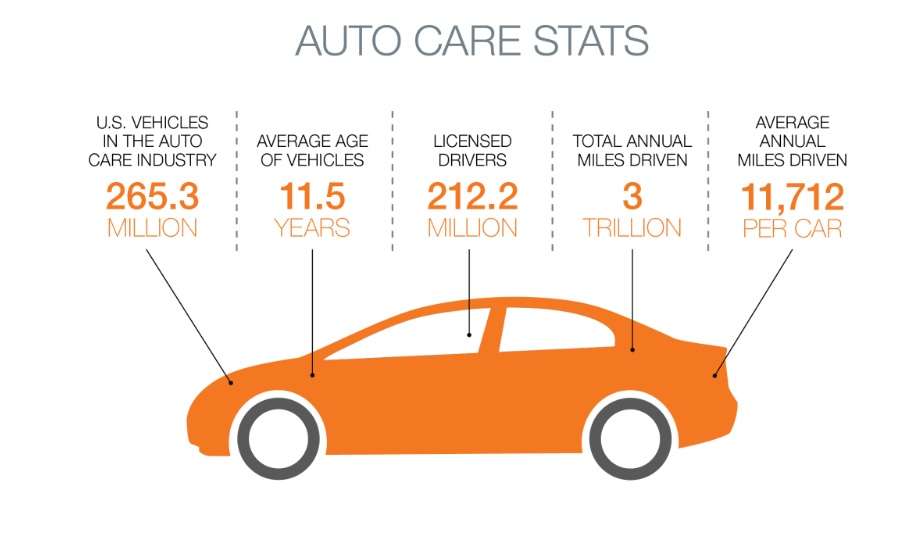According to a study by S&P Global Mobility, the average age of light vehicles in the US is 12.5 years. This means that more Americans are holding on to their vehicles longer to save money. If you have owned your vehicle for several years, you know that an aging vehicle will develop problems because of wear and tear. Even with the best maintenance routine, your vehicle systems may experience damage or failure as it ages. In this month’s blog post, we look at common problems that may surface over time in your aging vehicle.
Wear and Tear
Your vehicle is a complex machine that is subjected to significant wear and tear over its lifetime. From the function of the combustion engine, to hazards of the road and weather, wear and tear can eventually take a toll on a vehicle.
The three factors of wear and tear that are most damaging include corrosion, friction, and temperature.
- Corrosion
Because your vehicle is comprised of various parts made from metals, plastics, and other synthetic components, it is susceptible to dirt, grime, and rust. These elements can cause corrosion. For example, if you live and drive in an area where the roads are salted in the winter, salt can easily damage and corrode the underbody of the vehicle and other engine parts.
- Friction
When in operation, your vehicle produces motion that can result in friction of parts. The parts of your engine are moving quickly and need to be able to move freely without any impediments. If those parts are not well-lubricated, they may rub together and wear down or become damaged over time.
- Temperature
Your vehicle experiences temperature extremes from its basic operation as well as the climate where you live and drive. Many vehicle systems use a specific type of oil or fluid to help regulate temperature. When those fluids degrade or leak, parts will begin to malfunction.
Signs of Aging in Vehicle Systems
Each of your vehicle’s systems may begin to show signs of wear and tear over time and may need more repairs or even replacement of major components. Below is a table that highlights some of the common problems these vehicle systems may experience as the vehicle ages.
System | Common Problems | Ways to Address |
| Transmission | Worn gears, fluid leaks | Maintain transmission fluid level, inspect the transmission periodically. |
| Suspension | Worn shocks, struts, or springs | Avoid rough road surfaces, have parts lubricated periodically. |
| Braking | Worn brake pads, thinning or damaged rotors, worn calipers, fluid leaks | Test and inspect brakes annually, keep wheels aligned. |
| Cooling | Cracks or leaks in radiator, overheating, worn or broken hoses or connections, damaged belts | Maintain coolant in radiator and inspect annually, have hoses and belts inspected periodically. |
| Exhaust | Leaks, corrosion | Inspect annually. |
| Oil | Leaks | Maintain motor oil with frequent changes, have inspected when there are signs of leaks. |
Proper and regular maintenance is your number one protection against an aging vehicle. If you are planning to keep your vehicle for an extended lifespan, make sure to implement a maintenance routine that keeps your vehicle running smoothly. If you would like to develop a regular maintenance plan, contact the service professionals at Shade Tree Garage. We can work with you to build a plan that aligns with your vehicle age and priorities, as well as your financial needs.
The post Aging Vehicle Care first appeared on Shade Tree Garage | Morristown, NJ.
